A Massacre of Negligence
A horrendous mistake made by the United Nations has led to the death of 8,000 Haitians since 2010. Why do U.N. leaders refuse to take responsibility for Haiti’s cholera epidemic?
In 2010, the United Nations sent a group of soldiers from Nepal on a largely U.S.-financed peacekeeping mission in post-quake Haiti. But the U.N. neglected to adequately screen the mission’s soldiers for cholera, a disease that was raging in Nepal at the time but that Haiti had never experienced. Shortly after the soldiers moved to the U.N. base in Haiti located upstream from a major river system, Haitians began to contract the disease at an alarming rate, sickening more than 647,000 Haitians and taking more than 8,000 lives. Since then, U.N. leaders have attempted to deny the organization’s role in the epidemic and last week declared claims brought by Haitian families in the wake of the epidemic null and void. Read Jonathan Katz’s full story about the U.N. fiasco here.
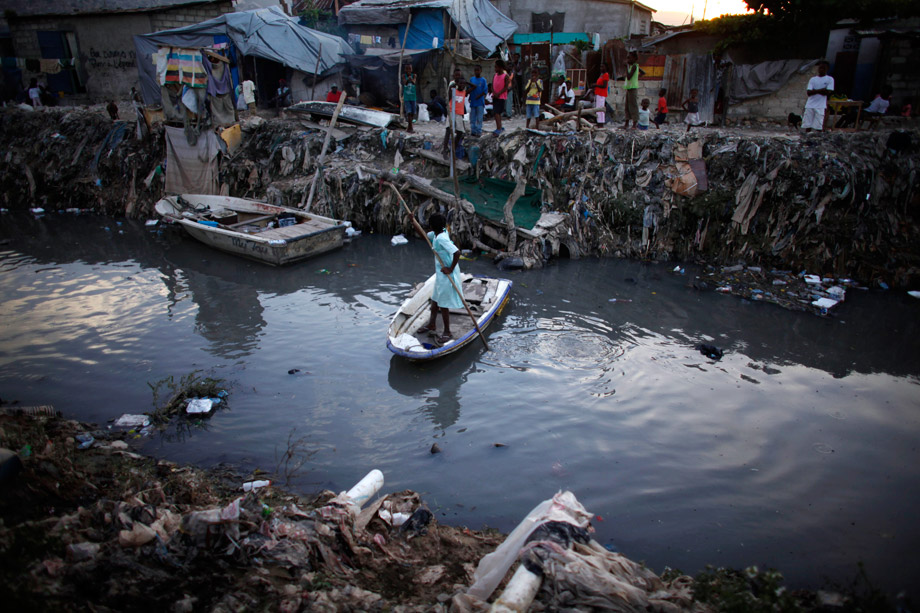
Photo by Eduardo Muñoz/Reuters
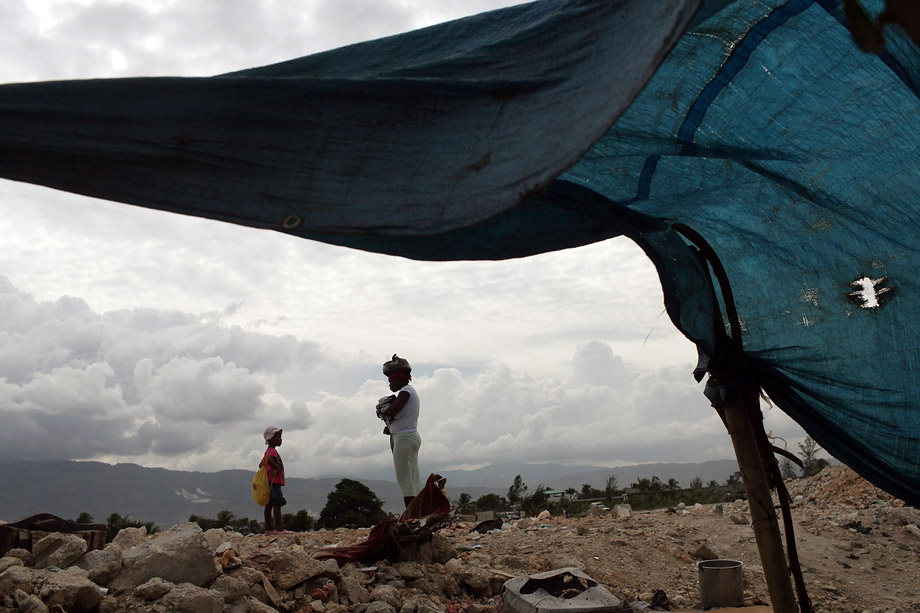
Photo by Spencer Platt/Getty Images
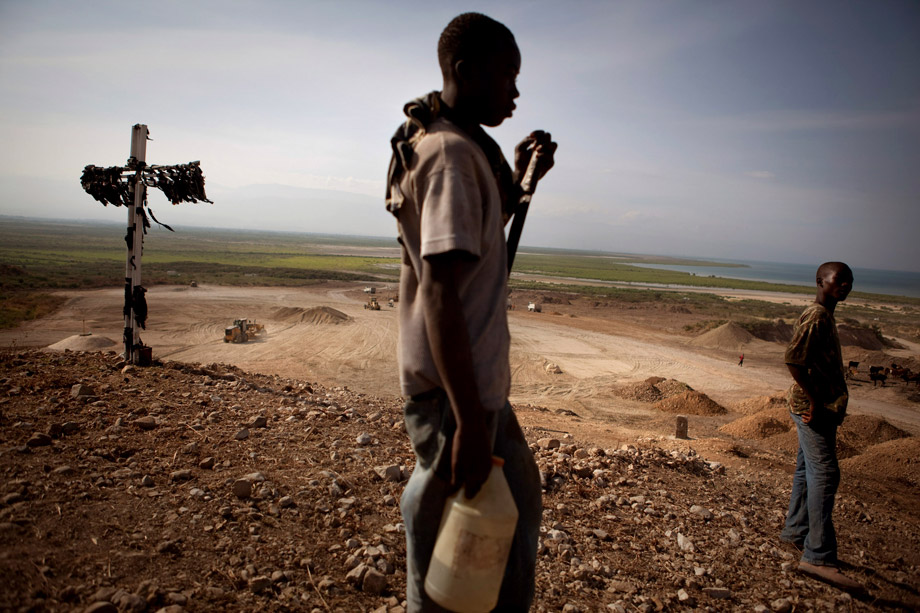
Photo by Allison Shelley/Reuters
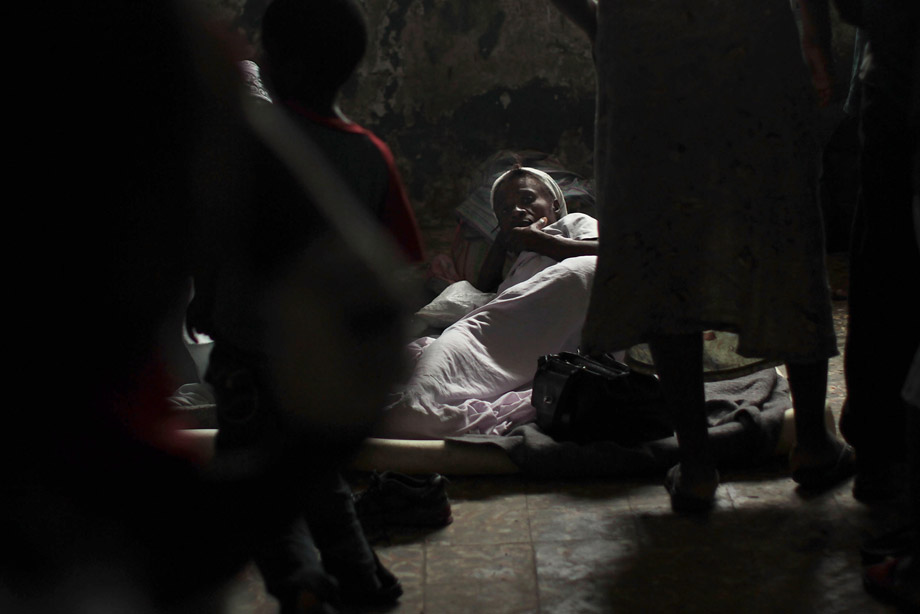
Photo by Spencer Platt/Getty Images
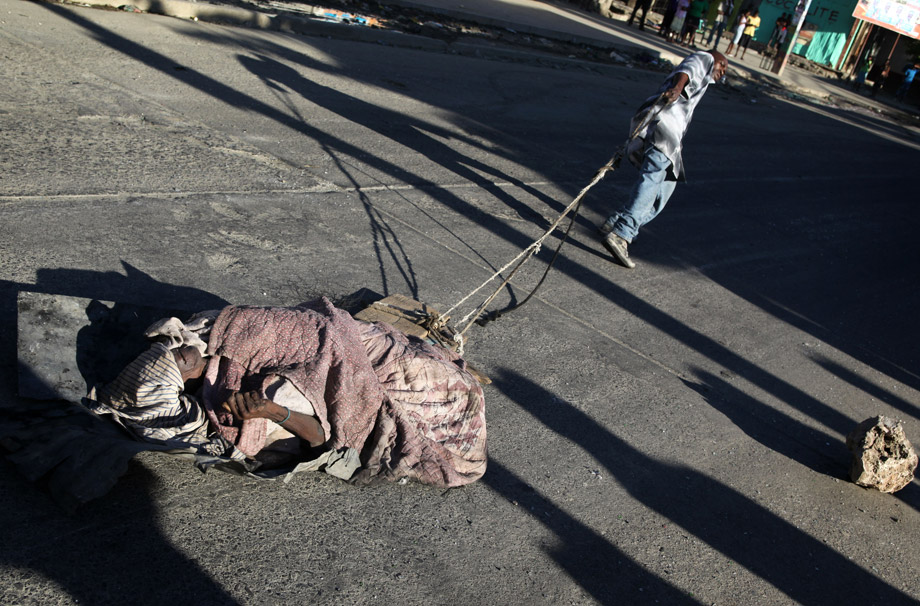
Photo by Julien Tack/AFP/Getty Images
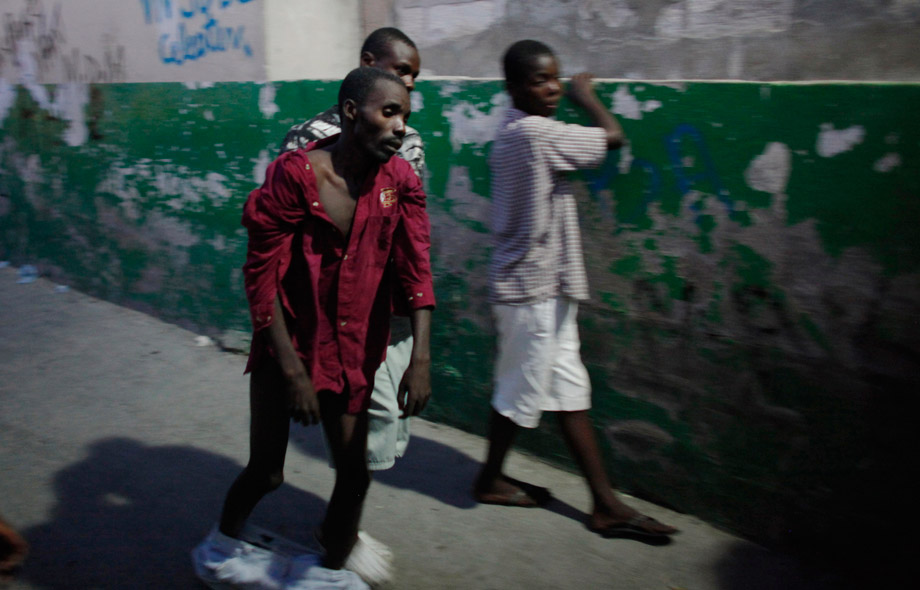
Photo by Eduardo Muñoz/Reuters
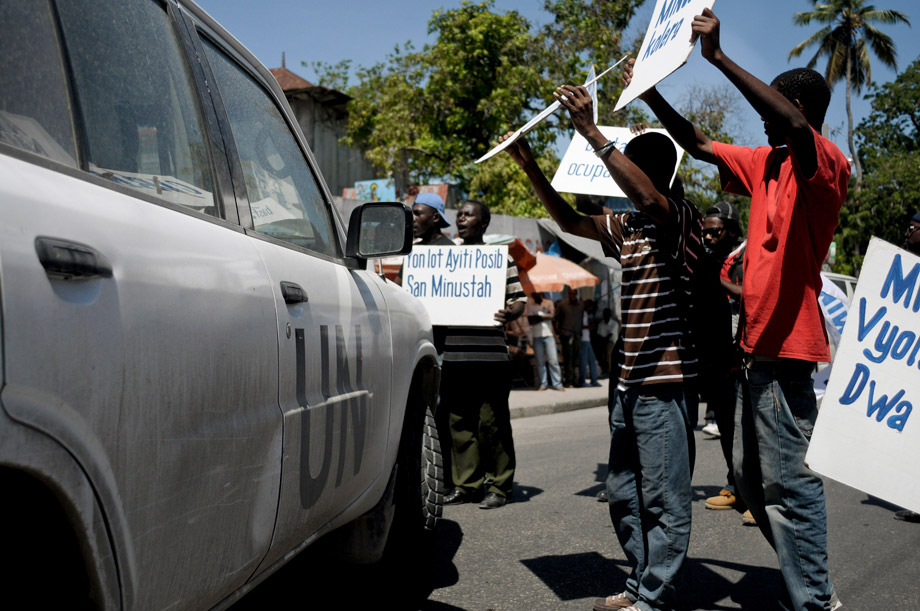
Photo by Swoan Parker/Reuters
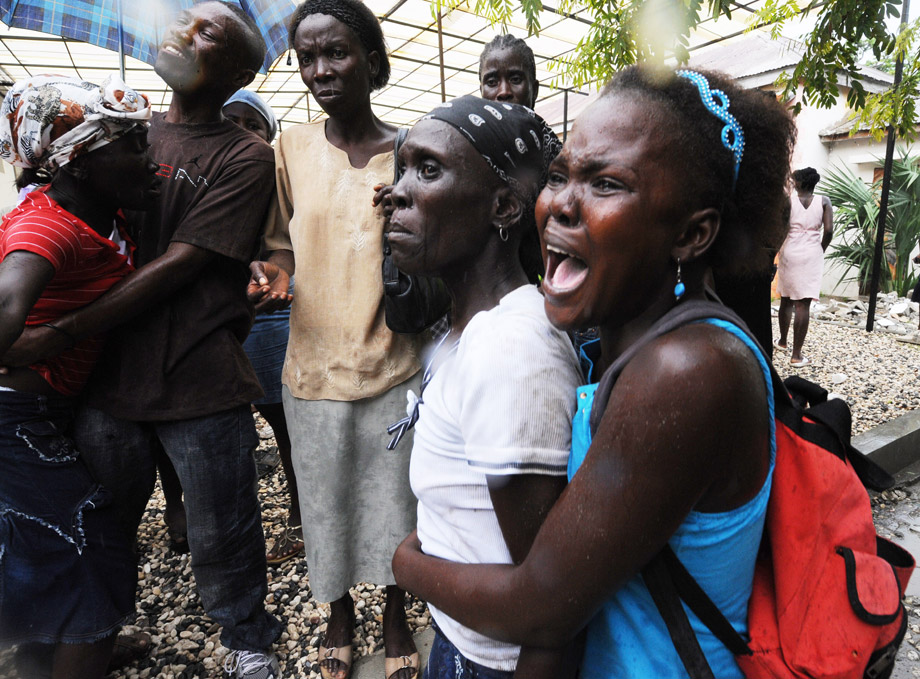
Photo by Thony Belizaire/AFP/Getty Images
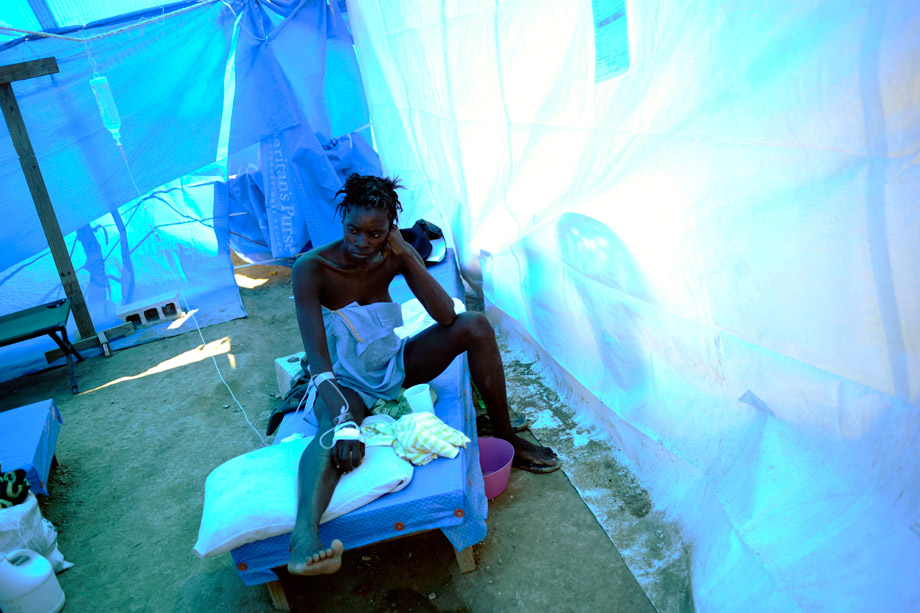
Photo by Keith Bedford/Reuters
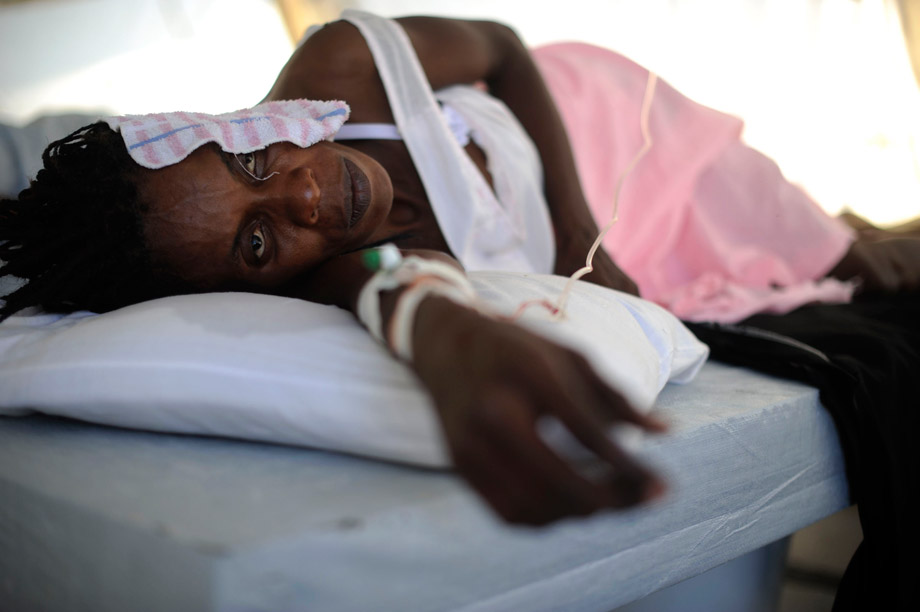
Photo by Keith Bedford/Reuters
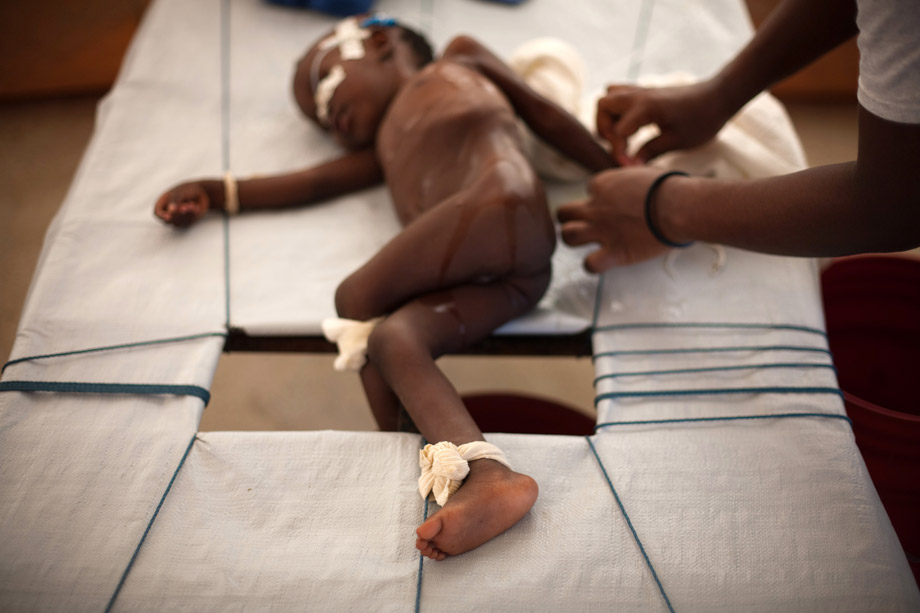
Photo by Allison Shelley/Reuters
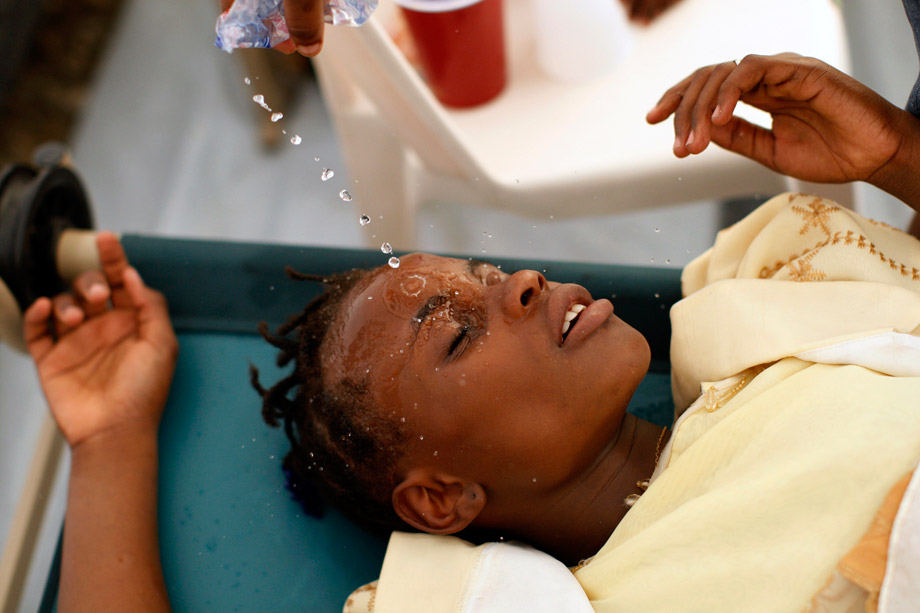
Photo by Eduardo Munoz/Reuters
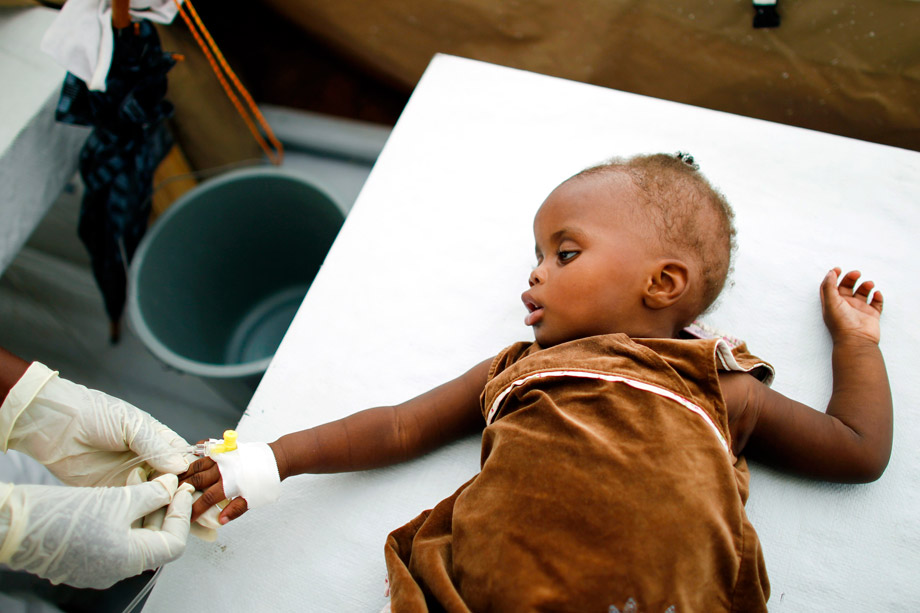
Photo by Jorge Silva/Reuters
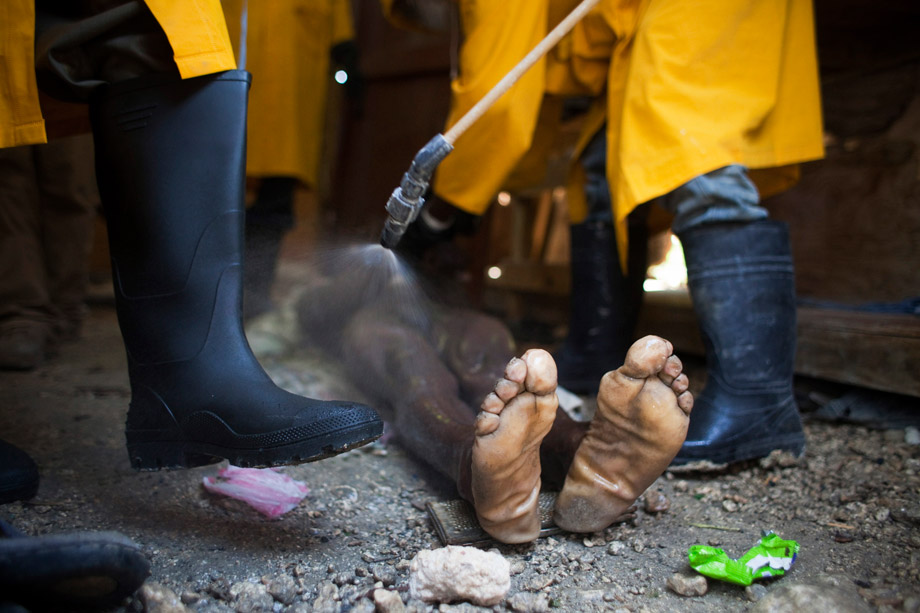
Photo by Allison Shelley/Reuters
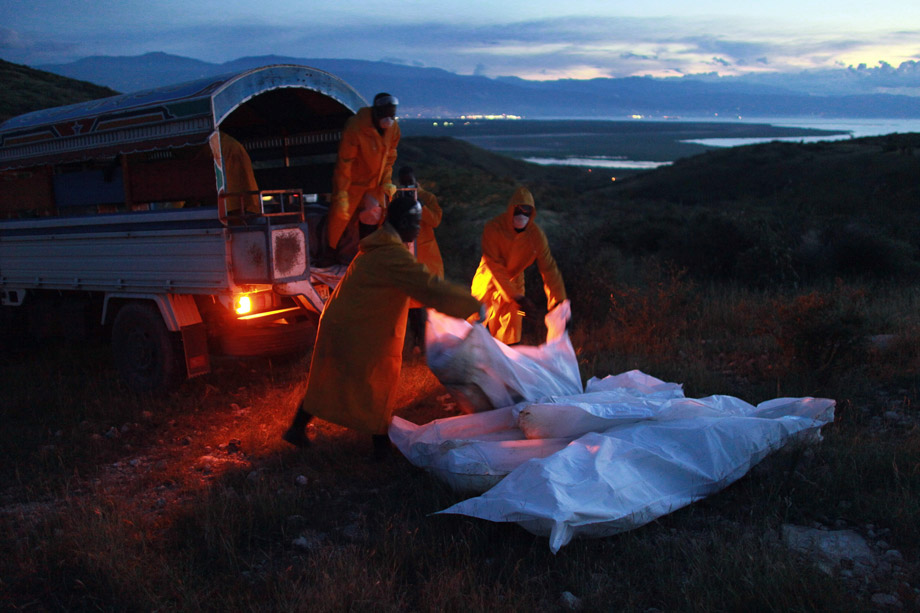
Photo by Joe Raedle/Getty Images
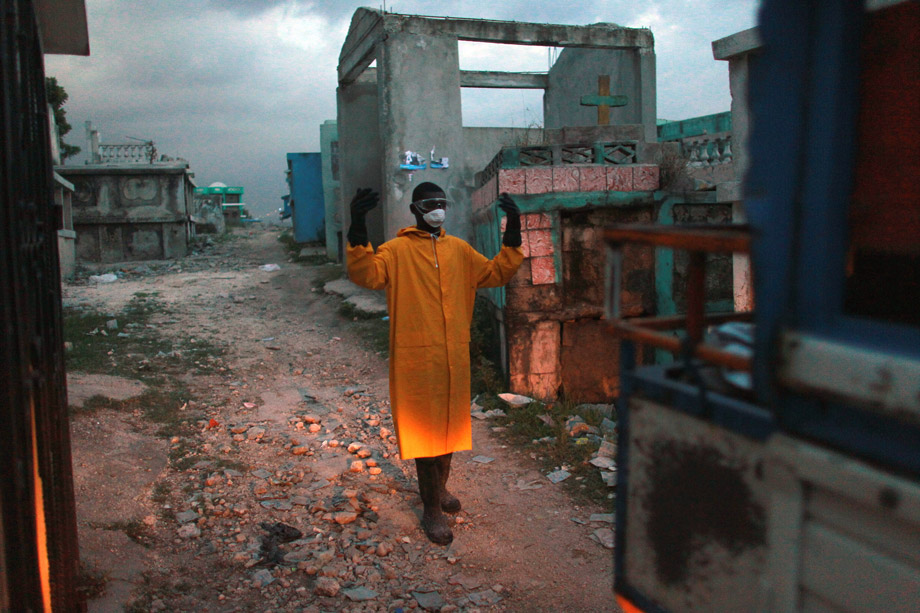
Photo by Joe Raedle/Getty Images
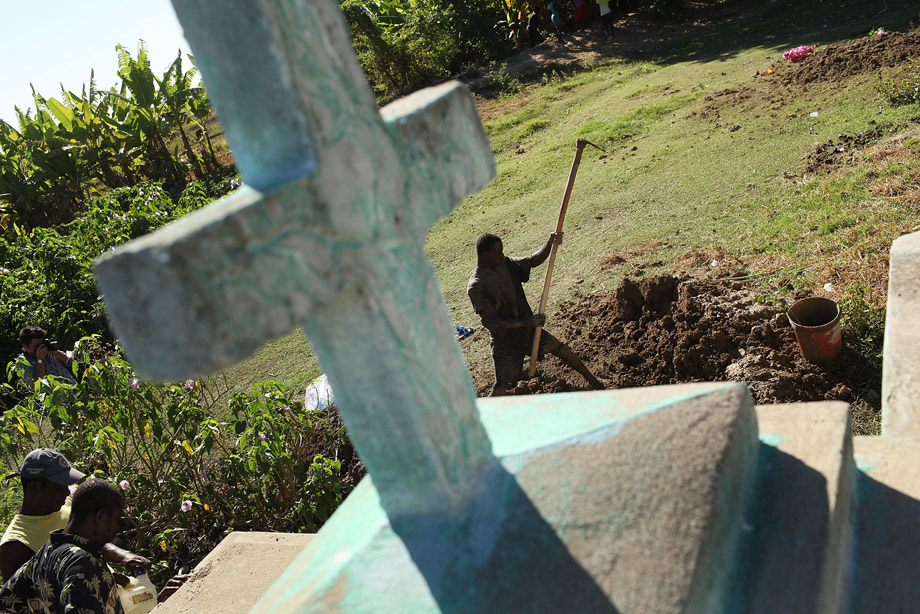
Photo by Spencer Platt/Getty Images